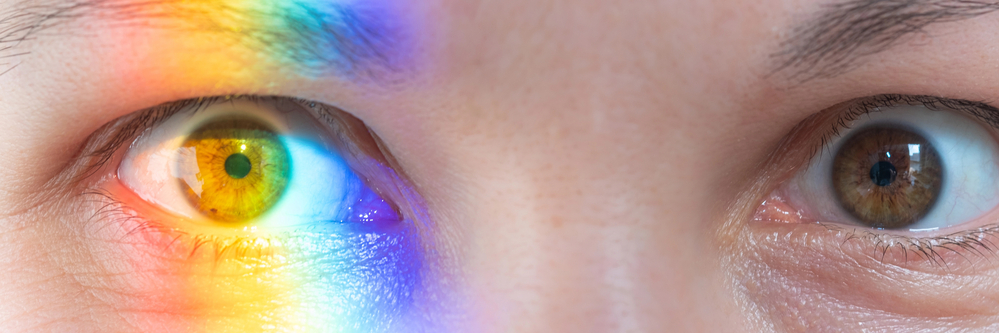In the evolving field of optometry, accuracy is key — especially in diagnosing and managing progressive eye diseases like keratoconus. When vision clarity and precision matter most, advanced imaging technology becomes an essential part of the process. This article explores how state-of-the-art keratoconus diagnosis tools are changing the game through detailed corneal mapping.
What is Keratoconus?
Keratoconus is a condition that affects the structure of the cornea — the transparent front layer of the eye — causing it to thin and bulge outward into a cone shape. These changes distort vision and can greatly impact daily life. While keratoconus presents challenges, modern tools make diagnosis and treatment more effective than ever.
Symptoms of Keratoconus
The symptoms of keratoconus vary, but commonly include blurry vision, light sensitivity, and irregular astigmatism that results from the uneven shape of the cornea. These distortions affect how light is focused, reducing clarity and comfort in everyday visual tasks.
Redefining Precision with Corneal Mapping
At the heart of accurate diagnosis lies corneal mapping — a non-invasive technique that provides a highly detailed image of the shape and thickness of the cornea. Using technologies like OCT (Optical Coherence Tomography) and corneal topography, professionals can assess even the subtlest structural irregularities.
This mapping enables clinicians to tailor treatment approaches and track changes over time. By interpreting these maps, specialists can build highly personalized strategies to manage keratoconus progression.
Surgical Advancements: Ring Implants
When conservative treatments aren’t enough, one of the most promising solutions is keratoconus ring implant surgery. In this minimally invasive procedure, ring segments are inserted into the corneal stroma to flatten the cone and stabilize the cornea. These implants are guided by precise corneal mapping data to maximize safety and visual outcomes.
The Power of Expertise and Innovation
A skilled keratoconus specialist combines clinical expertise with cutting-edge tools to diagnose and manage the condition effectively. By merging human insight with digital accuracy, specialists offer a higher level of care that improves patients’ quality of life.
Special Considerations for One-Eyed Keratoconus
When keratoconus affects only one eye, treatment requires special nuance. Corneal mapping helps reveal the differences in structure and function between both eyes, leading to better clinical decisions and more targeted care.
Conclusion: Precision That Empowers Better Vision
As keratoconus continues to challenge patients and clinicians alike, technology is leading the way toward more accurate, less invasive, and more effective care. With thorough corneal mapping and innovative treatments like ring implants, individuals with keratoconus now have access to solutions that can significantly enhance both their sight and daily life.

